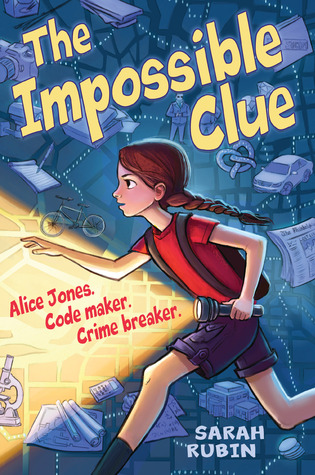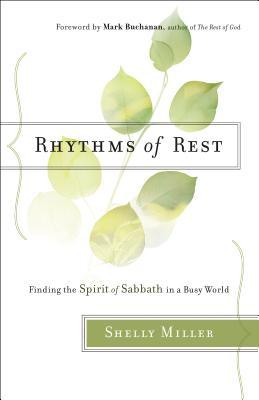 |
| Click to view on Goodreads |
Persomi is young, white and poor, born the middle child of illiterate sharecroppers on the prosperous Fourie farm. Persomi’s world is extraordinarily small. She has never been to the local village and spends her days absorbed in the rhythms of the natural world around her. Her older brother, Gerbrand, is her lifeline and her connection to the outside world. When he leaves the farm to seek work in Johannesburg, Persomi’s isolated world is blown wide open. But as her very small world falls apart, bigger dreams become open to her—dreams of an education, a profession, and of love. As Persomi navigates the changing world around her—the tragedies of WWII and the devastating racial strife of her homeland—she finally discovers who she truly is and where she belongs.
A compelling coming of age story with an unlikely and utterly memorable heroine, Persomi’s English language publication solidifies Irma Joubert’s important place in the canon of inspirational historical fiction.
(400 pages)
Okay, yeah, this isn't going to be a really long review. It's not much of a review at all, because I quit about fifty pages in. Why, you ask? Because that's when a rather convoluted, subtle description of Pérsomi's father's trial confirmed once and for all that he'd repetitively raped and actually impregnated his own daughter (her sister).
Ew. Ew, ew, ew. I don't know whether this is a good book or not (and I actually suspect it might turn out to be a great book, in a hard-hitting literary sort of way along the lines of Cry, the Beloved Country) but it is so not what I want to be reading about during my limited relaxation time. I can handle a certain amount of oppression and horror, which is why I picked up this book about a South African girl during WWII in the first place, but I have to draw the line somewhere and I think a sexual abuse from parents is as good a place to draw it as I'm going to find.
So don't take my word for whether Child of the River is a good book. It very well might be, I honestly don't know. But the truth is that I don't really care because I am just not up for reading past such a depressing/disturbing start to a novel. If you want to read this with me as part of an English class, go ahead–in an academic setting, I relish tackling complex moral dilemmas and the throes of human misery. In my own time, though? Nope. I'm not going there. So unless someone comments below and tells me the rest of the book is mild enough for a twelve-year-old to read, I think I am done with Child of the River for a long, long while.
Disclaimer: I received a complimentary copy of this novel from the publisher through the BookLook Bloggers program in exchange for an honest review.
Okay, yeah, this isn't going to be a really long review. It's not much of a review at all, because I quit about fifty pages in. Why, you ask? Because that's when a rather convoluted, subtle description of Pérsomi's father's trial confirmed once and for all that he'd repetitively raped and actually impregnated his own daughter (her sister).
Ew. Ew, ew, ew. I don't know whether this is a good book or not (and I actually suspect it might turn out to be a great book, in a hard-hitting literary sort of way along the lines of Cry, the Beloved Country) but it is so not what I want to be reading about during my limited relaxation time. I can handle a certain amount of oppression and horror, which is why I picked up this book about a South African girl during WWII in the first place, but I have to draw the line somewhere and I think a sexual abuse from parents is as good a place to draw it as I'm going to find.
So don't take my word for whether Child of the River is a good book. It very well might be, I honestly don't know. But the truth is that I don't really care because I am just not up for reading past such a depressing/disturbing start to a novel. If you want to read this with me as part of an English class, go ahead–in an academic setting, I relish tackling complex moral dilemmas and the throes of human misery. In my own time, though? Nope. I'm not going there. So unless someone comments below and tells me the rest of the book is mild enough for a twelve-year-old to read, I think I am done with Child of the River for a long, long while.
Disclaimer: I received a complimentary copy of this novel from the publisher through the BookLook Bloggers program in exchange for an honest review.













